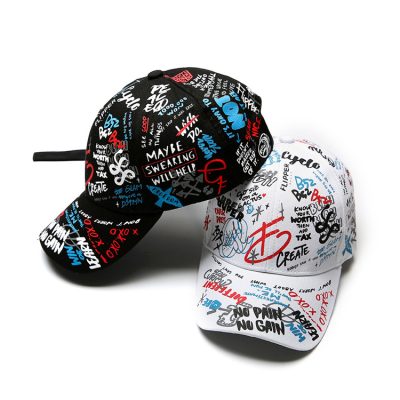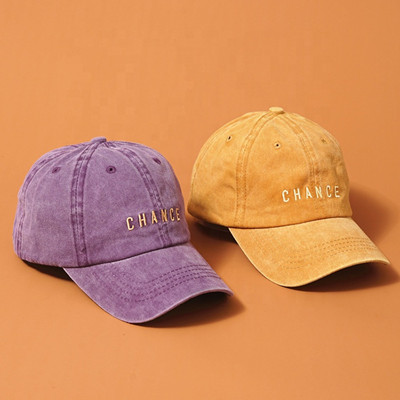Winter hats around the world vary in style, materials, and cultural significance, reflecting the diverse climates, traditions, and fashion preferences of different regions. Here are some examples of winter hats from various parts of the world:
- Ushanka (Russia): The ushanka is a traditional Russian winter hat made of fur (often sheepskin or rabbit fur) with ear flaps that can be tied up or down to protect against extreme cold. It’s known for its warmth and is a symbol of Russian winter fashion.
- Sámi Hat (Northern Europe): The Sámi people of Northern Europe, particularly in regions like Norway, Sweden, and Finland, wear distinctive fur hats with a conical shape. These hats are often adorned with colorful embroidery and are an important part of their traditional attire.
- Fez (Morocco): The fez is a brimless hat with a flat top, typically made of red felt, and often decorated with a tassel. It’s a traditional hat worn by men in Morocco and other North African countries. It’s also known as a tarboosh.
- Balaclava (Worldwide): The balaclava is a versatile winter hat that covers the head and neck, leaving only the face exposed. It’s commonly used for cold-weather activities like skiing and snowboarding and is named after the town of Balaklava in Ukraine.
- Sombrero Vueltiao (Colombia): The sombrero vueltiao is a traditional Colombian hat made from woven palm leaves. It’s characterized by its circular pattern and is an iconic symbol of Colombian culture.
- Peruvian Chullo (Peru): The Peruvian chullo is a distinctive winter hat with ear flaps and colorful patterns. It’s traditionally made from alpaca or llama wool and is worn in the Andes region of Peru.
- Trilby (United Kingdom): The trilby is a narrow-brimmed hat with a tapered crown, often made of wool or tweed. It’s a classic British hat style that’s commonly worn during the winter months.
- Taqiyah (Middle East): The taqiyah is a traditional skullcap worn by men in various Middle Eastern and South Asian countries. It’s made from various materials, including wool, and provides a modest and practical head covering.
- Bobble Hat (United Kingdom): Bobble hats, also known as bobble caps or pom-pom hats, are popular winter accessories in the United Kingdom and other parts of the world. They typically feature a large, decorative pom-pom on top.
- Tam O’Shanter (Scotland): The Tam O’Shanter is a traditional Scottish bonnet made of wool and often adorned with a pompom. It’s part of traditional Scottish Highland dress and is associated with Scottish culture.
- Turban (South Asia and Middle East): Turbans are traditional head coverings worn by men in many South Asian and Middle Eastern countries. They come in various styles and materials, often reflecting cultural and religious significance.
- Cossack Hat (Eastern Europe): Cossack hats, also known as papakhas, are fur hats with a distinctive cylindrical shape. They are commonly associated with Cossack and Eastern European culture and are known for their warmth.
These examples highlight the diversity of winter hats around the world, each with its own unique style, materials, and cultural significance. Winter hats not only serve a practical purpose by providing warmth but also play a role in cultural identity and fashion expression.































